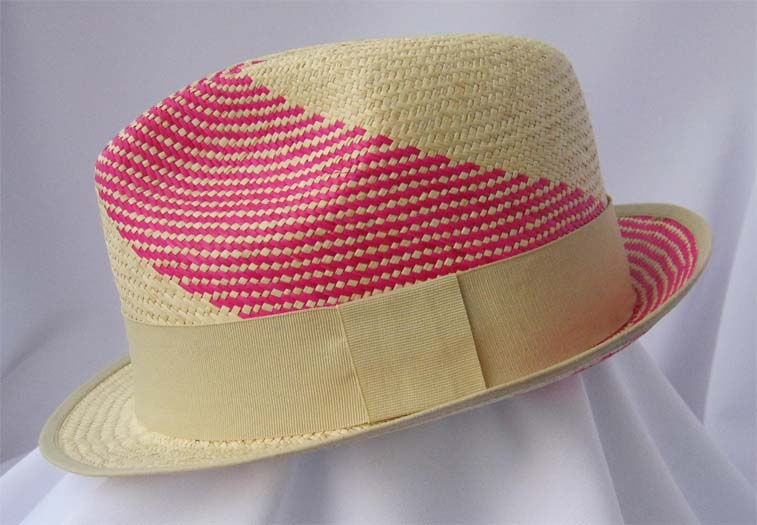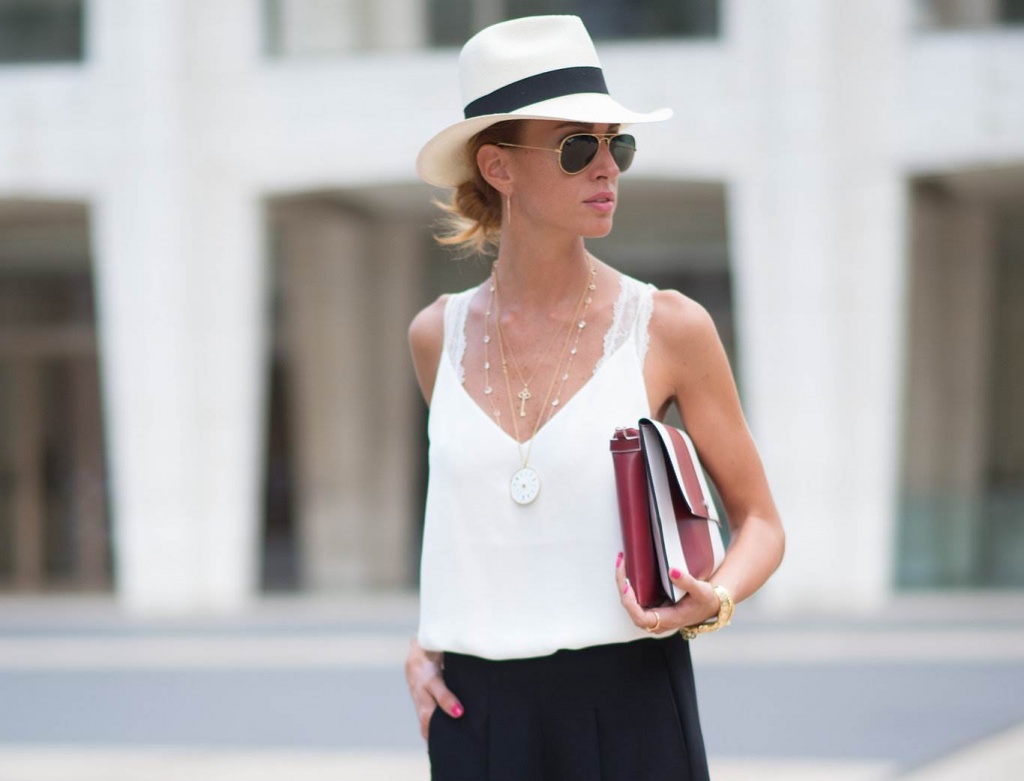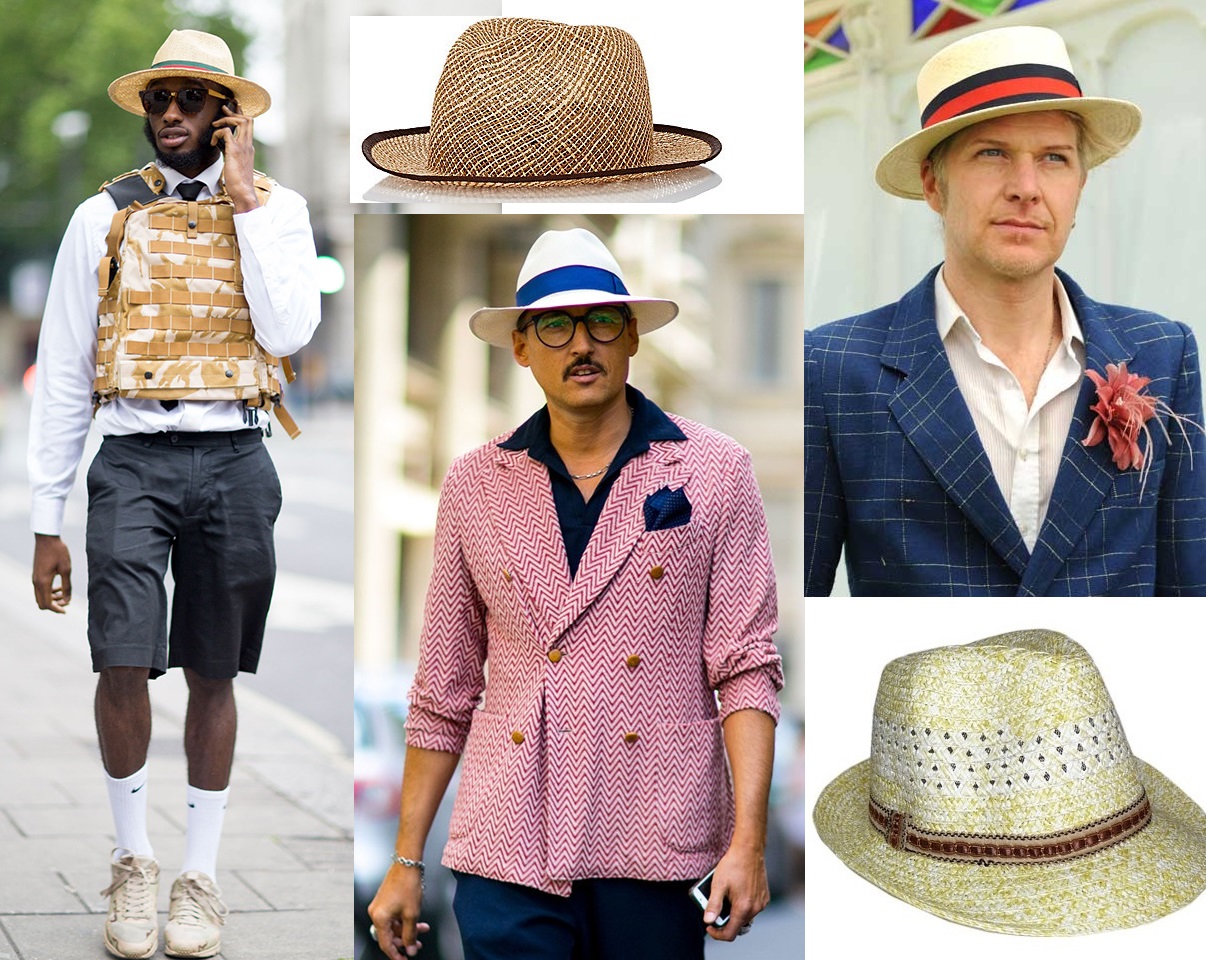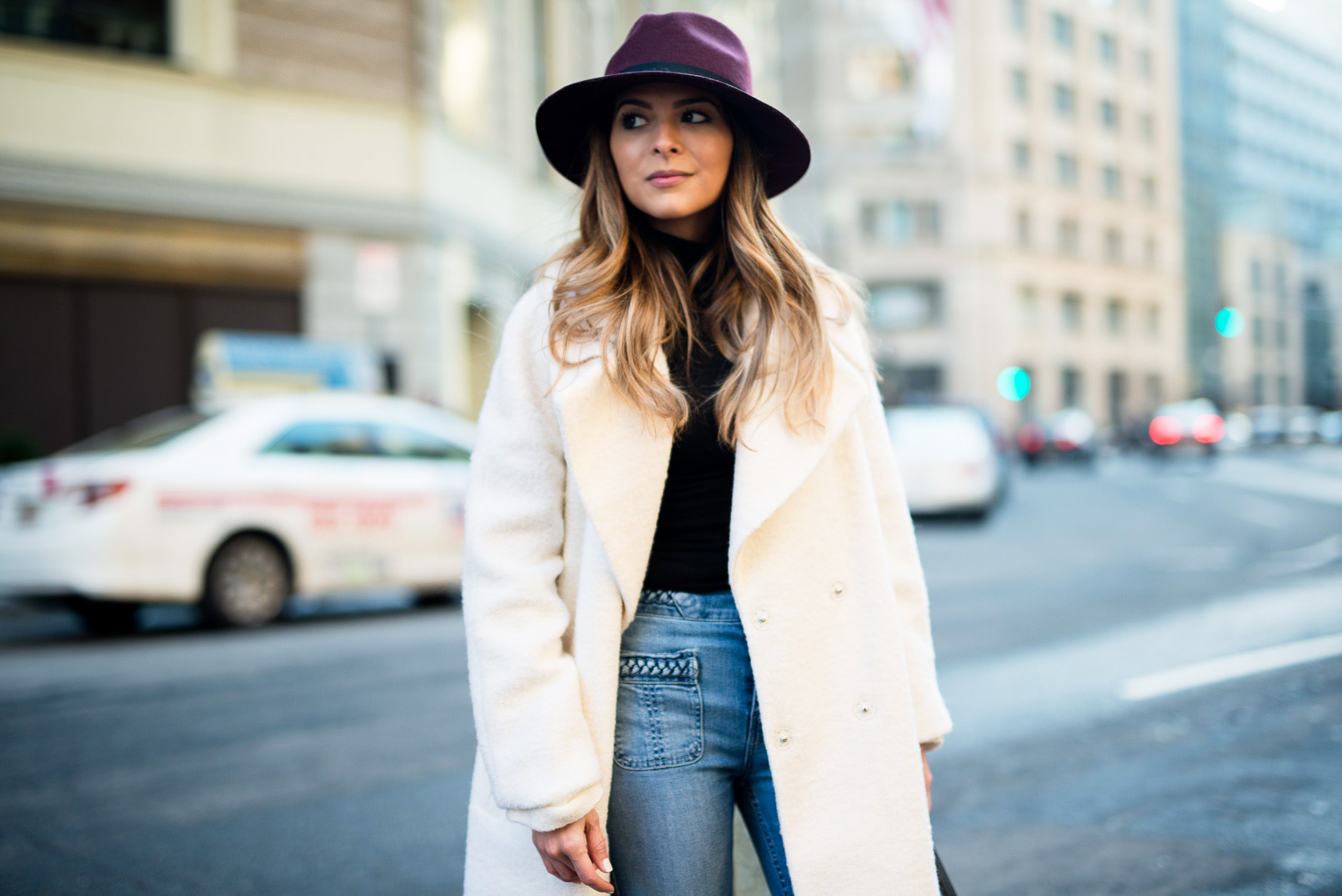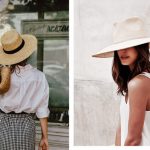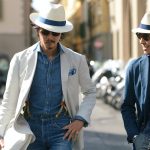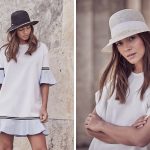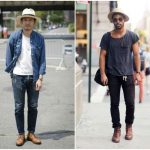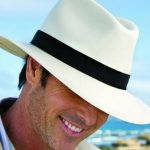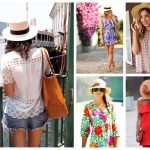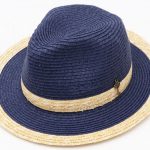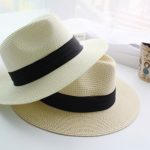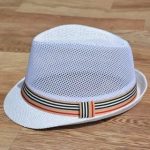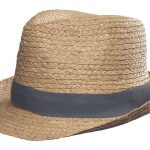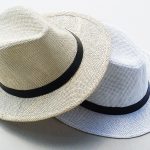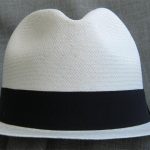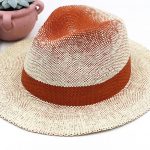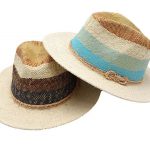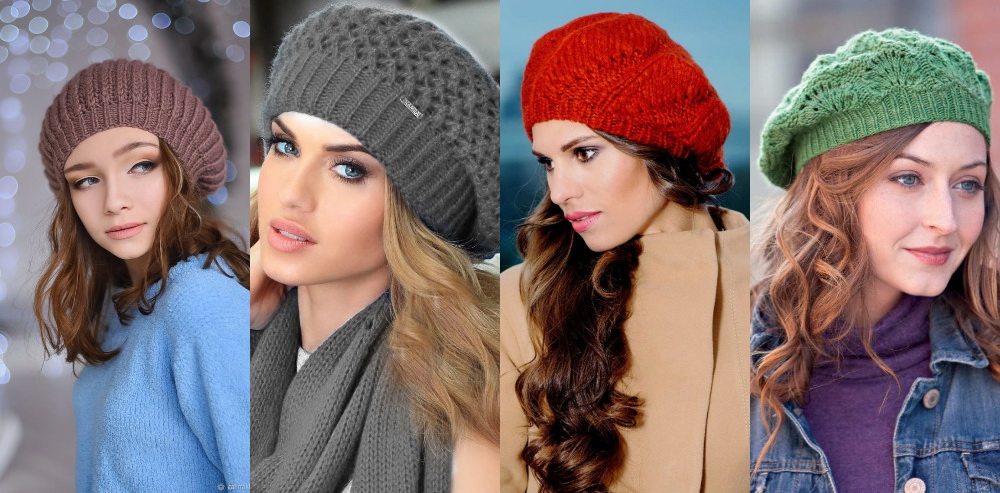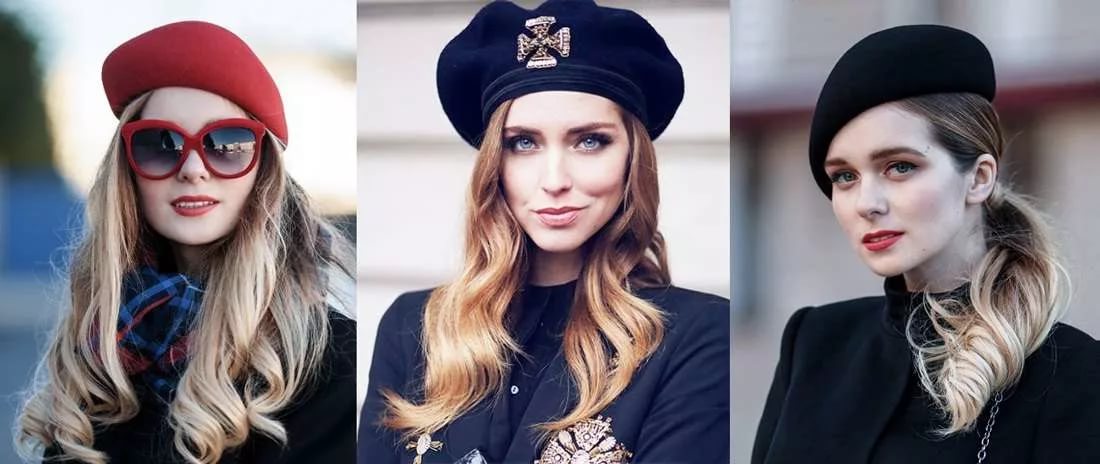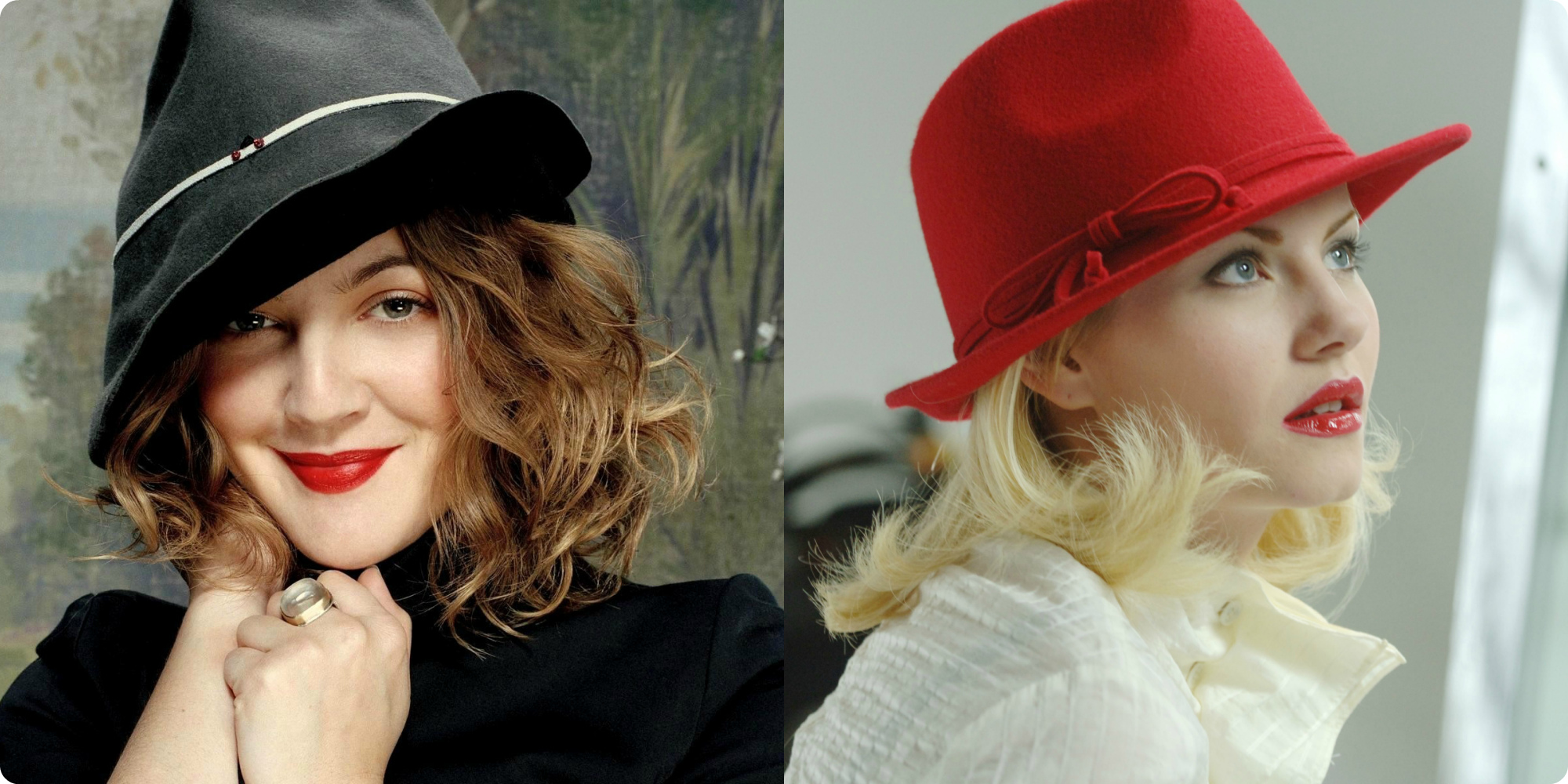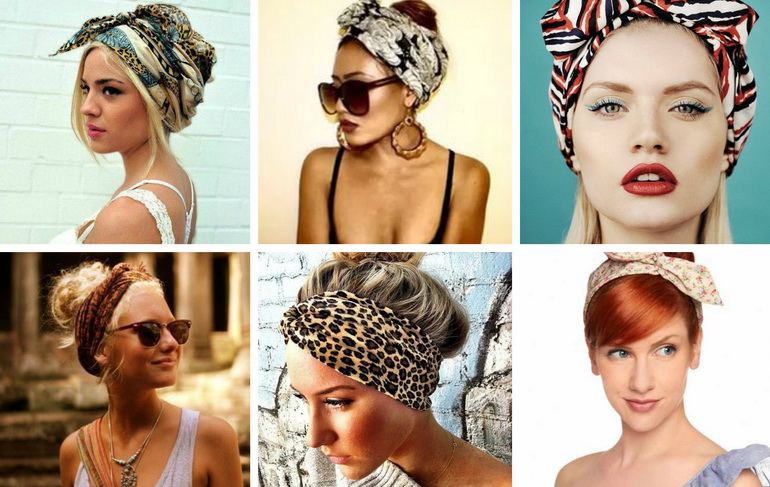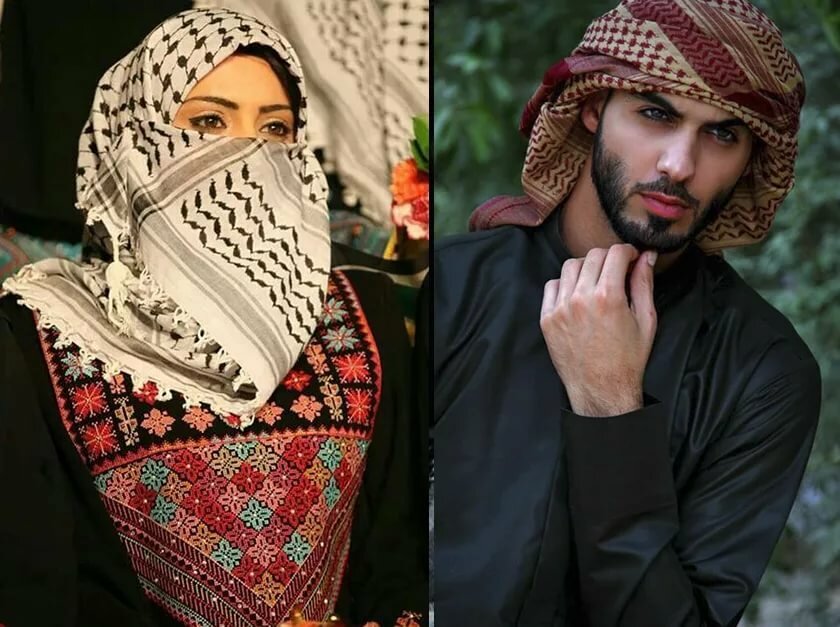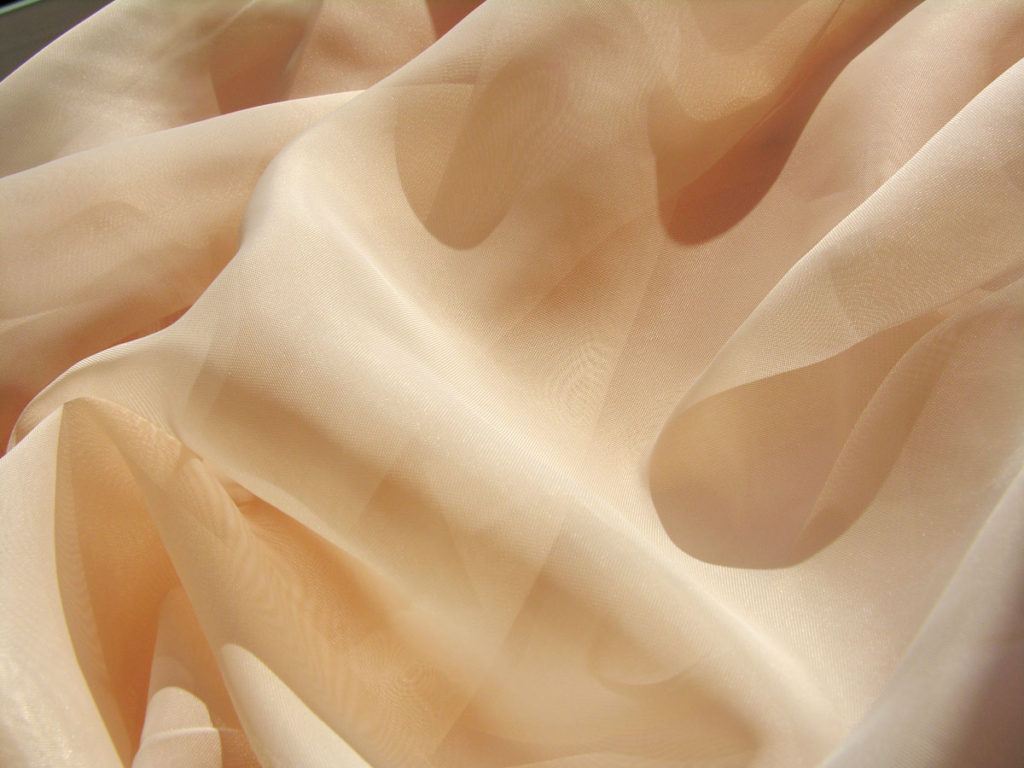A light summer straw hat called a Panama quickly conquered the world and became extremely popular. Thanks to the elegance and simplicity of the cut, it is appropriate everywhere: in a cafe, on a walk, in the forest, on a beach holiday. But few people think about which country the national headdress is called Panama, putting on this famous accessory. Interestingly, at one time this hat became a victim of a lexical paradox. The similarity with the name of the state of Panama, located on the isthmus between North and South America, is to blame. Although history is indeed related to this territory, the birthplace of the headdress is a completely different region of Latin America.
History of the accessory creation
Few people know from which country the Panama hat came. It is generally accepted that the accessory was invented by the ancient Incas. When the Spanish conquerors led by Francisco Pizarro arrived on the Galapagos Islands, which are part of modern Ecuador, at the beginning of the 16th century, many indigenous Indians were already wearing hats made of straw. Another piece of evidence that directly indicates which country's national headdress is called Panama is the raw material used to make the hat.
Real Ecuadorian Panamas are woven from the leaves of Carludovica herbacea. This palm-like plant is endemic and grows only in the coastal regions of Ecuador. It is cut into even strips, then dried to produce toquilla, the finest straw for weaving hats, which in Ecuador are called Sombrero de paja toquilia.
In 2012, UNESCO recognized national Ecuadorian headdresses as part of the country's material and spiritual culture.
The fashion for Panama hats began about 100 years ago. At that time, the American government, financing the construction of the Panama Canal, bought a huge batch of sombreros for Spanish workers, who not only gave the headdress a different name, but also made it popular. And 20 years later, Panamas became Ecuador's leading export product.
Today, the main production facilities for the manufacture of straw hats are concentrated in Cuenca. Local companies weave and sell several thousand items per year. Traditions of hand-woven panama hats have been preserved in Ecuador. The most recognized craft center is Montecristi. Hats made by the masters of Calle Pile are worthy of attention. They are considered to be the lightest and most elegant.

Types of models
Today, Ecuadorian Panamas have undergone significant changes. Thanks to the variety of styles, colors, and finishes, many models have appeared. Everyone can choose a headdress for any occasion:
- Bosa Blue is the simplest, but very elegant version of a men's summer panama. Ideal for a resort holiday, long walks around the city, trips to nature.
- Diamante - differs from Bosa Blue in its straight brim and greater versatility. Suitable for both men and women, perfectly complements any outfit.
- Gamber is more of a masculine option, but nevertheless looks great on slim women. It is distinguished by elegance, rigor, grace. It is ideal for business style clothing.
- Fedora-Calado is a great option for a women's Panama. It protects from the sun perfectly and fits into any look. It looks very decent with a classic cut suit consisting of a blouse and trousers.
- Outback Macana is a sports and military version of the Panama hat. Suitable for hiking in the forest, hunting, fishing.
Panama can be called a universal summer accessory. Any of the proposed options will look great on both men and women. A headdress of a strict cut, discreet shades will emphasize brutality, strength, and a light, elegant hat of bright colors will add uniqueness, will add zest to a woman's image.
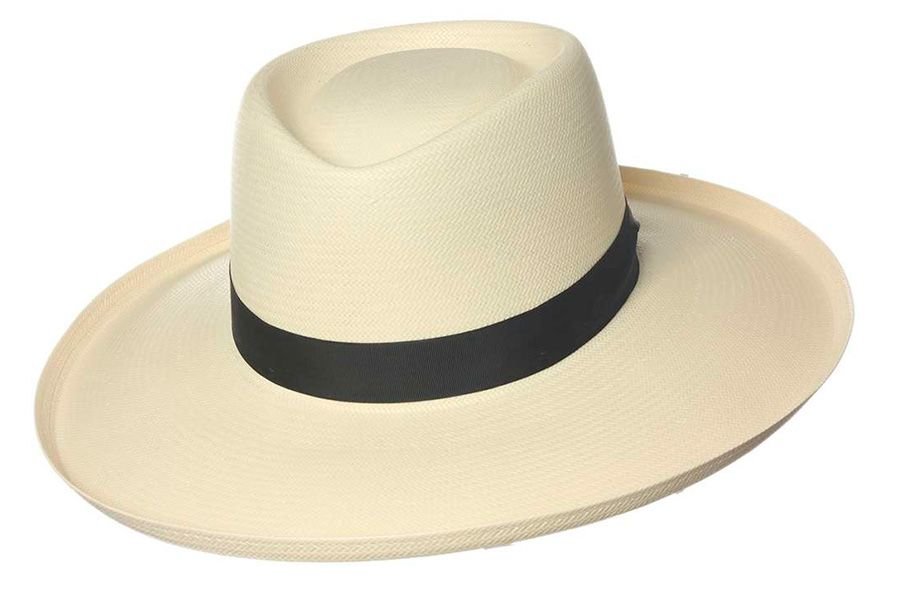

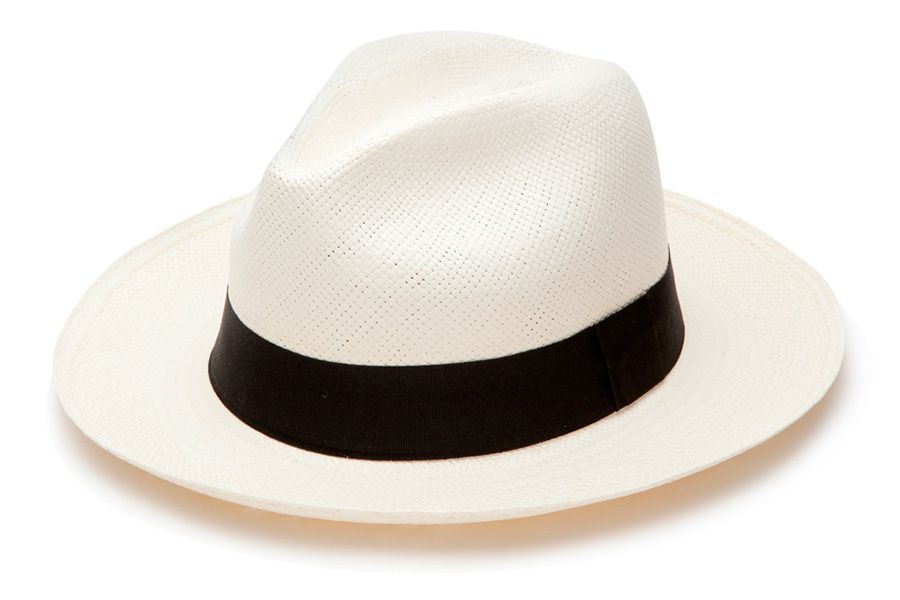
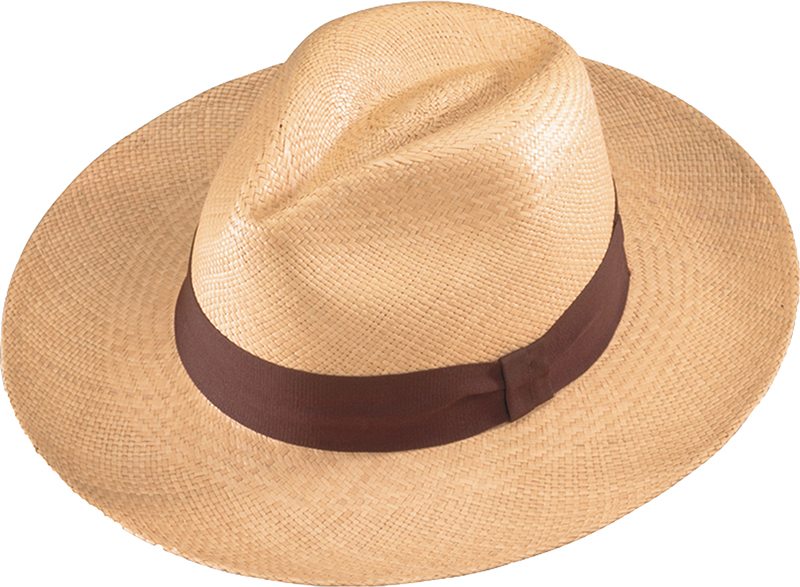
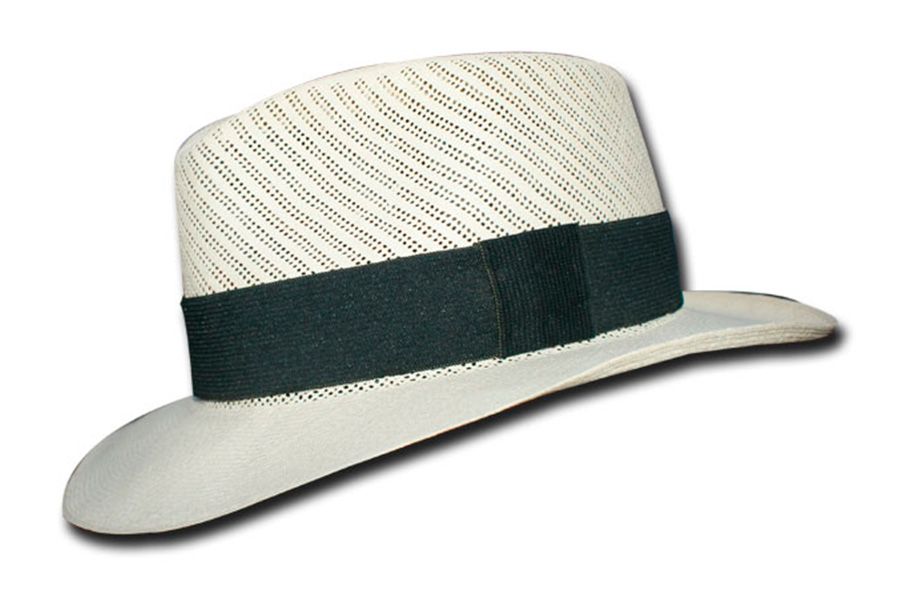
How to choose
There are several factors that determine the quality of a genuine Ecuadorian Panama. First of all, it is the elasticity of the raw material and the density of the weave. Experts advise choosing products where the number of weaves per 6.5 square centimeters is at least 130.
You can check the number using a regular ruler. The process is labor-intensive, but reliable.
The best hats can have a weave density of up to 2,500 weaves per square centimeter, although 300–400 weaves are sufficient for everyday wear. Other things to consider when choosing a hat:
- The presence of a strip of cotton tape inside the headdress. It will protect the accessory from deformation and sweat from the forehead.
- The right size. Real straw sunhats don't stretch well, so too small ones will be too tight and too big ones will fall off.
- Color. It is better if the hat for the beach and vacation is as light as possible. The urban version can be of any shade.
- The number of circles (vueltas) on the crown. Experts say that the more of them and the wider they are, the better the quality of the product.
A real national accessory has a thin, flexible structure. It can be rolled into a narrow tube and then put into a box. This is how toquilla products are sold. After taking the hat out of the package, it is enough to straighten it and iron it with a slightly warm iron. It will immediately take its original shape. The Panama should be stored in a dark, ventilated room with the brim up, or on a special stand.
What to wear with
With the help of a Panama hat, you can create many modern, fashionable images. It is best to wear an Ecuadorian hat with a casual wardrobe. It looks good with shorts, cropped T-shirts, tops.
Men who prefer an active lifestyle can wear a Panama hat with jeans and bright shirts worn outside. To create a more extravagant look, it is enough to wear shorts, biker boots, and a printed T-shirt.
Teenagers will prefer informal items: a neon-colored tank top or T-shirt combined with an Ecuadorian panama hat in a color-block or tie-dye style, shorts, and sneakers.
For girls and women, a white straw hat will help create a gentle, romantic image. A long, flowing dress or skirt with a blouse in pastel shades will emphasize youth and freshness. More laconic models in classic colors in combination with elegant shoes, jeans or a trouser suit will add grace and style.
Ecuadorian Panamas are light, comfortable, provide excellent sun protection, and are suitable for almost everything except evening events and business dinners. They differ in a variety of models, colors, and suit everyone without exception. All this makes national headdresses of Ecuador the best accessory for summer holidays.
Video






